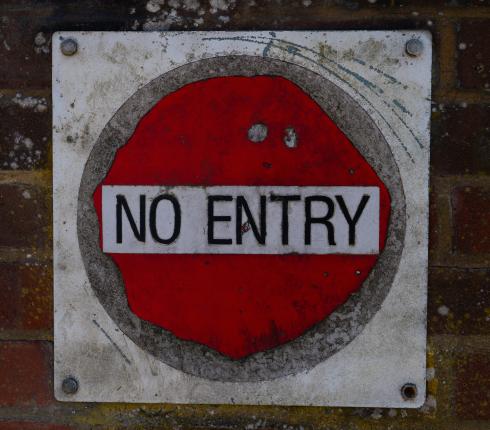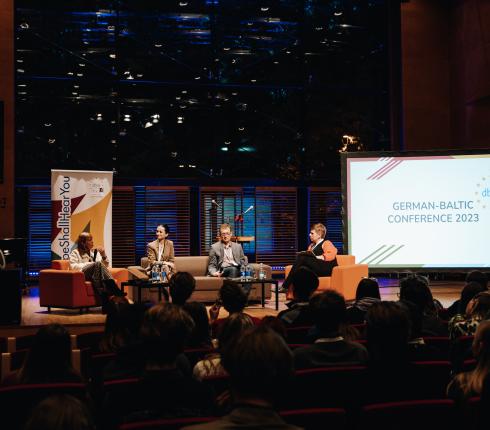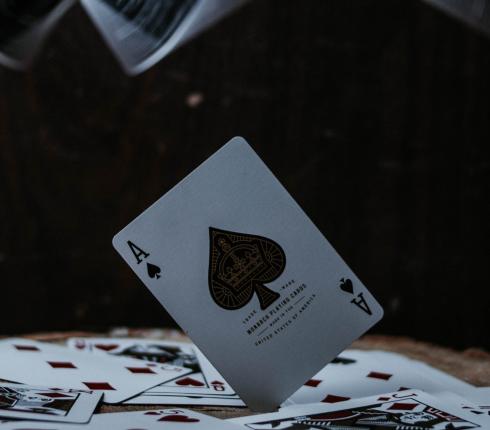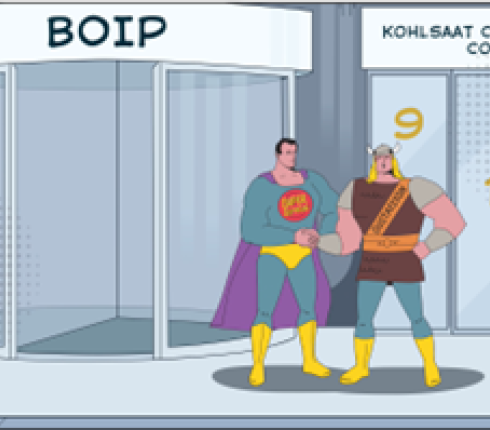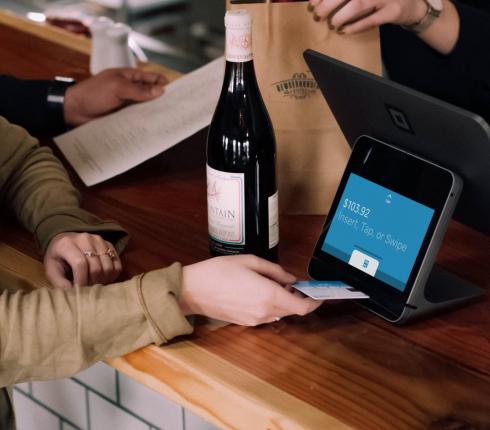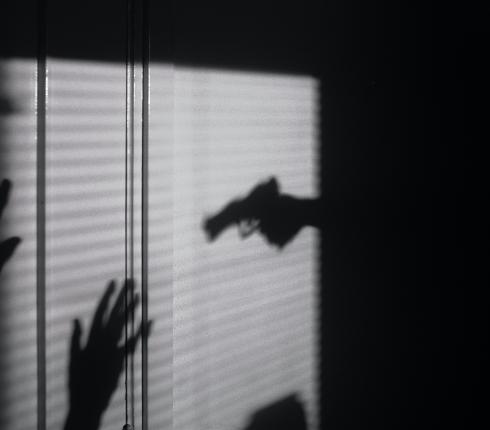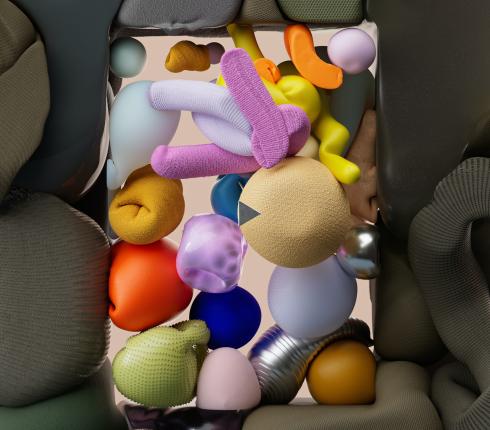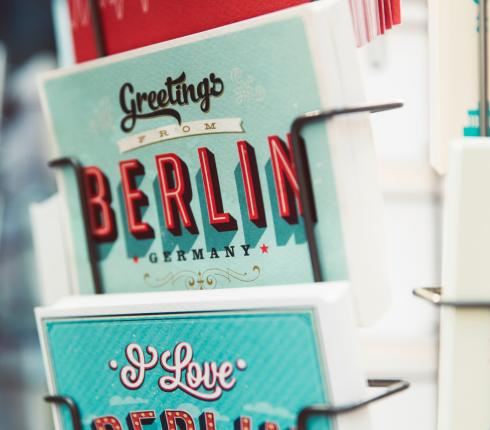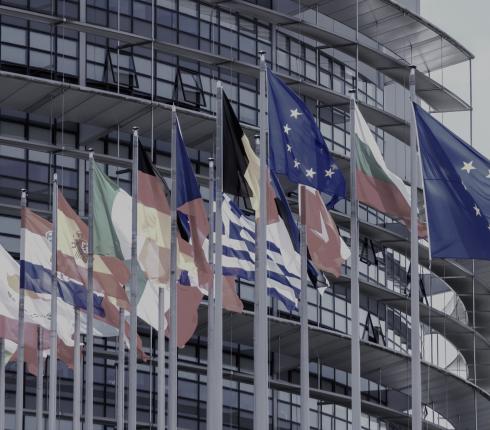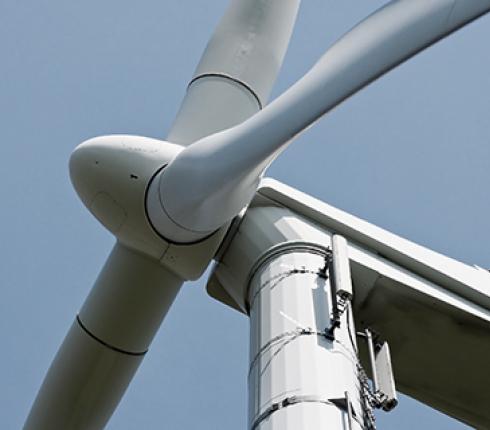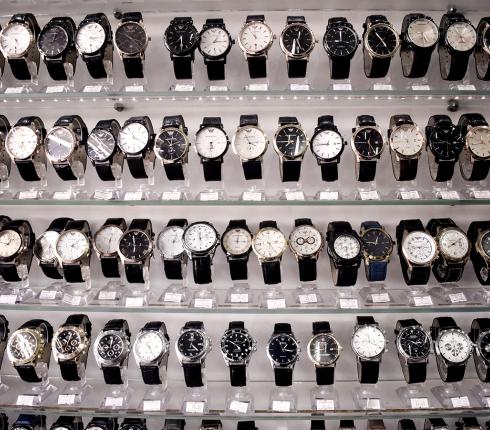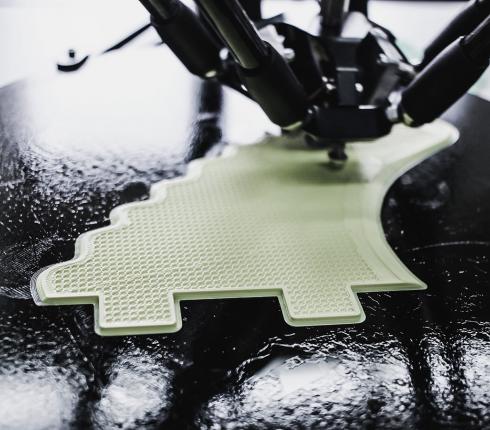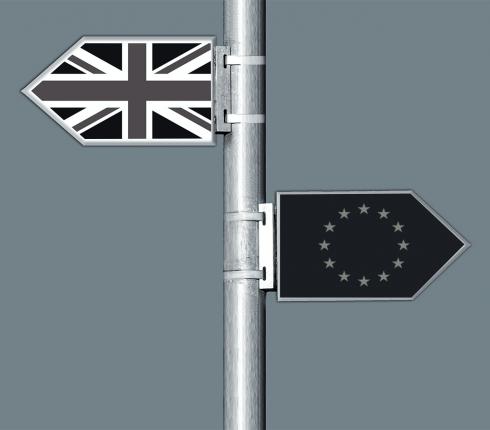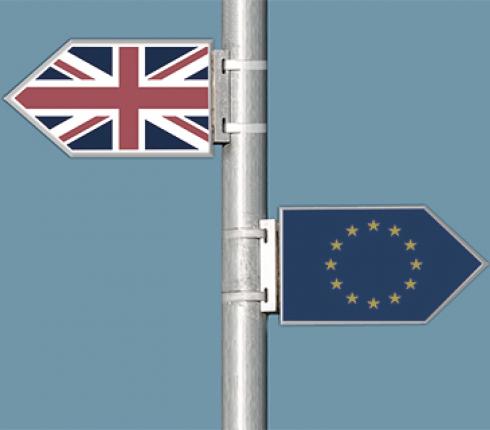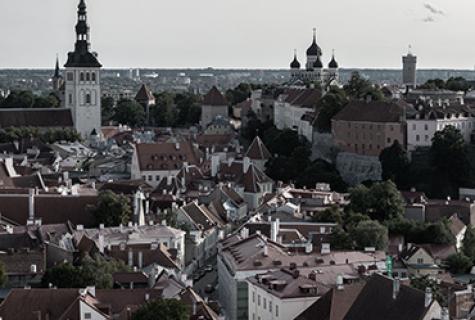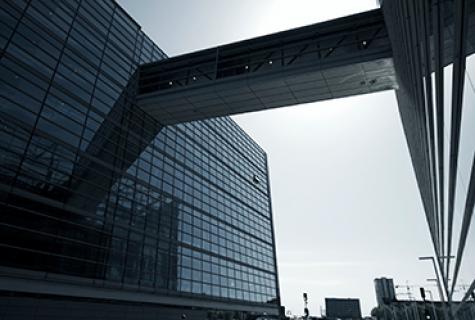NJORD Estonia: NORDIC BUSINESS CULTURE – summer edition
Travelling in Nordic countries during summer time might trigger your Estonian entrepreneurial mind to start thinking about how to reach these neighbouring markets with your products and services. Great! But, before you start, make sure to do your homework and do not expect anything to happen during the period starting from Midsummer until mid-August, as summer is long and lazy for our dear neighbours.
While waiting for the autumn to approach, before you start contacting potential co-operation partners make sure you:
- have a well-thought-out plan;
- have your marketing material in English to show as drafts (later you will need them in the local languages);
- have a strategy including an elevator pitch.
Keep in mind that our neighbours are not as flexible as we Estonians are, and they will interpret your willingness to change a lot along the way as you are not yet ready to export, or that you have not the reached the right level of professionalism.
Knowing the local culture is a pre-requisite to a successful market entry. Why not learn more about Midsummer?
Norwegians, Danes and Finns celebrate Midsummer’s Eve on the same day as we do. In Norway and Denmark call it “Sankt Hans Aften”, Saint Hans’ Eve. Hans, of course, is the same Christian character as Johannes, or Jaan in Estonian.
Exactly the same way as in Estonia, Midsummer is thought to give nature powerful forces in all of the Nordics. Medical herbs were thought to have the best effect if collected on the evening of Midsummer.
While in Denmark, many of the bonfire celebrations happen in lake or coast side, in Norway the celebrations usually take place up in the mountains. In Denmark, people sing “Vi elsker vort land” (“We love our country”). Finns take their refuge in the coast or by the many lakes. Swedes also disappear from cities and out in the archipelago or to relatives in the country side.
Finns, who call their Midsummer Juhannus, also follow the tradition with bonfire and sauna (as do Estonians). Swedes and Finns share the culture of collecting seven different kind of flowers on Midsummer’s Eve and it is believed that if you keep them under your pillow you will dream about your future spouse. This could be the reason for the many children born 9 months later. Or it could also be the level of alcohol involved…
In Sweden, surprisingly, there are no bonfires for Midsummer. Instead Swedes celebrate fertility in a very pre-Christian way by raising maypoles and dancing traditional folk dances around them. This would be the perfect day to wear your Swedish folk costume. Apart from flowers and dancing, food is utterly important and consist of a traditional smorgasboard where you can find herring, sour cream, salmon, new potatoes, crisp bread, cheese and for dessert strawberry cake. In the late evening you will hear the song ”Visa vid midsommartid” (Song at Midsummer time) https://www.youtube.com/watch?v=fGTKebnCv40.
Note that the Swedes always celebrate Midsummer’s Eve on the Friday that is closest to June 24.


